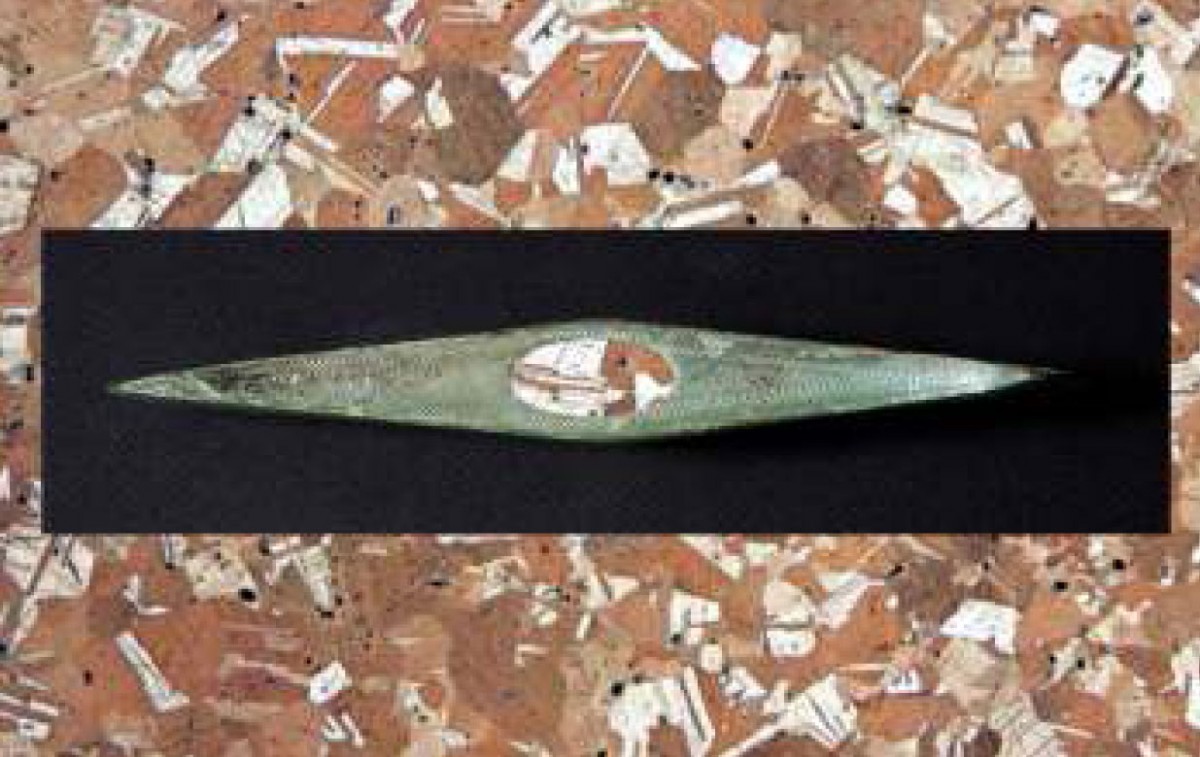Epirus has always been a geographically isolated and financially self-sufficient area, populated by different cultural groups. Furthermore, its location at the crossroads between the Balkans, Europe and the Mycenaean world, allowed the exchange of commodities, technical know-how and ideas.
Dr Christos N. Kleitsas (Ephorate of Antiquities in Ioannina) will give a lecture on the aspects of material culture in prehistoric Epirus, in the framework of the Mycenaean Seminar series.
As explained in the abstract of the paper “The quantity of bronze tools (mainly axes) and weapons (swords-daggers and spearheads) dated to the final phases of the Late Bronze Age is impressive, if compared with the abundance of local handmade pottery, and the few related jewellery finds. These metal artifacts belong to hoards (Stephani at Preveza, Katamachi at Ioannina) and burial assemblages (cist and pit graves), while some are isolated finds. The case of prehistoric and protohistoric Dodona seems different. The bronze tools and weapons discovered at the site, probably served as votive offerings, divine symbols or ritual implements.
“For the first time in the study of prehistoric metal-work from Epirus, a number of archaeometrical techniques (metallography, chemical and isotope analysis), are combined and exploited for the interpretation of the extant material. These interdisciplinary methods have managed to decipher the different stages of the manufacturing process (mostly melting and hammering), the alloy ‘recipes’ and the possible provenance of the metals. In combination with other macroscopic traces, pertaining to the manufacture and use-wear of bronze objects from the area, they provide evidence for common technological and/or cultural groups. Although direct evidence for local primary metalworking activities (such as slags, bellows, tuyères, crucibles, moulds), has not yet been discovered, the quality and the quantity of the finished artifacts render it almost certain. Local use/consumption of bronze objects seems to favor ‘markets’ in southern or Mycenaean Greece, and not their counterparts in the Balkans or Europe.”
The lecture will be held in Greek.
The Organising Committee: Nagia Polychronakou-Sgouritsa, Iphiyenia Tournavitou, Emilia Banou
